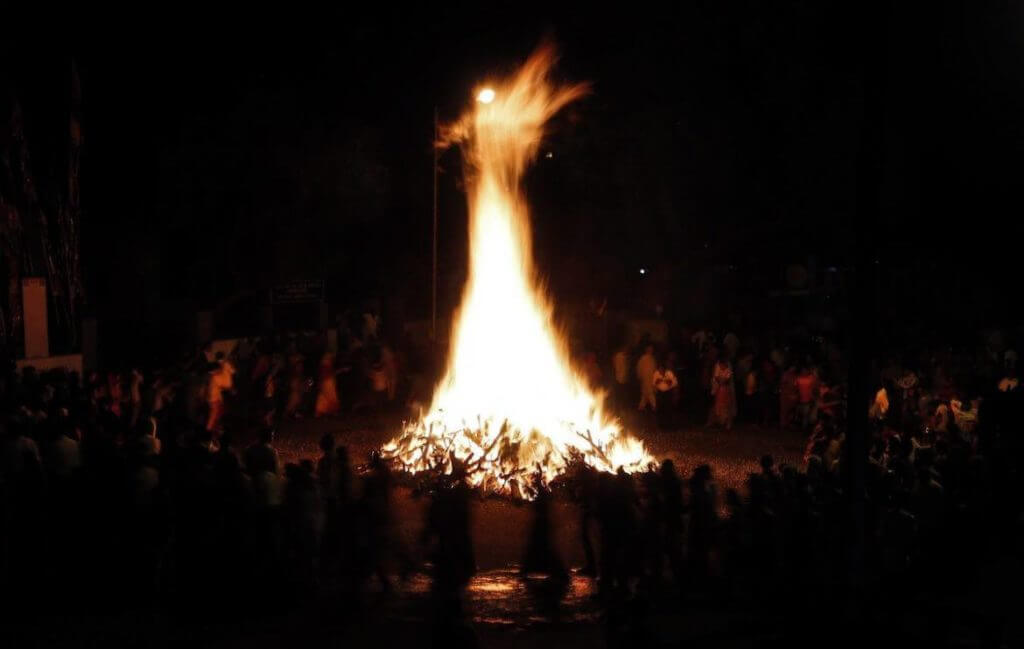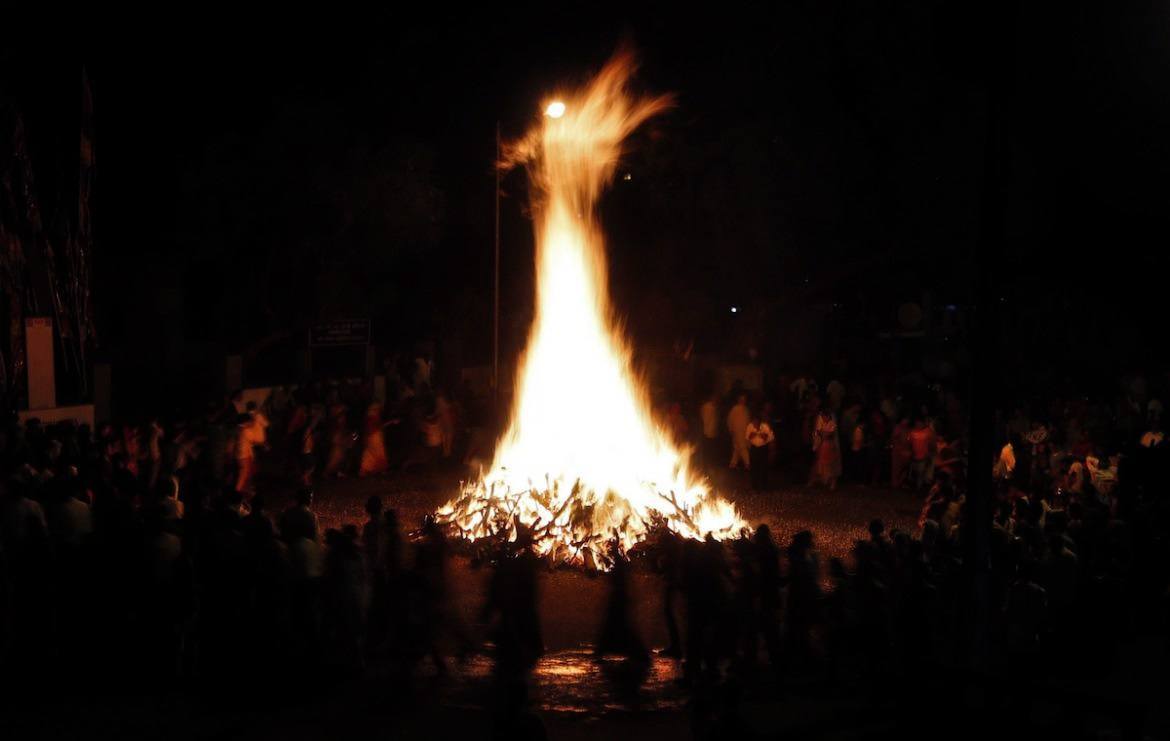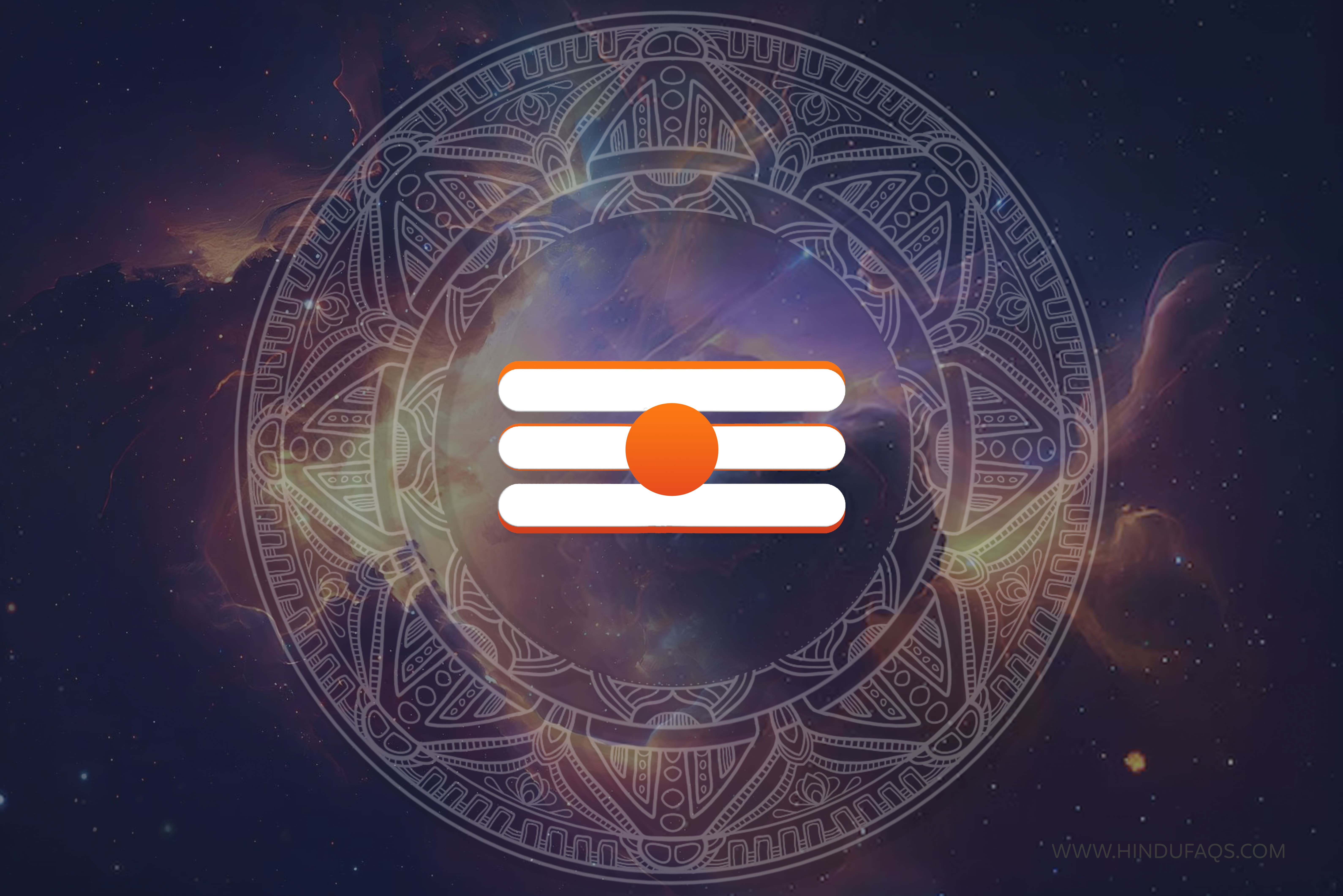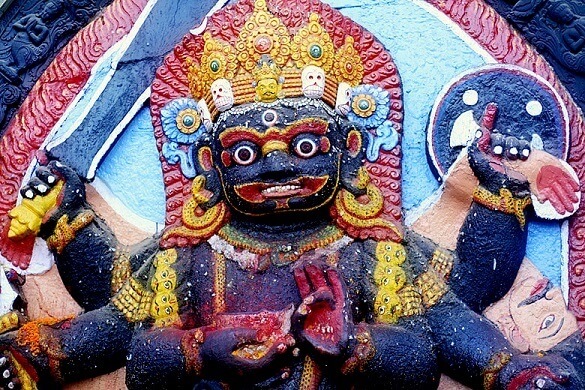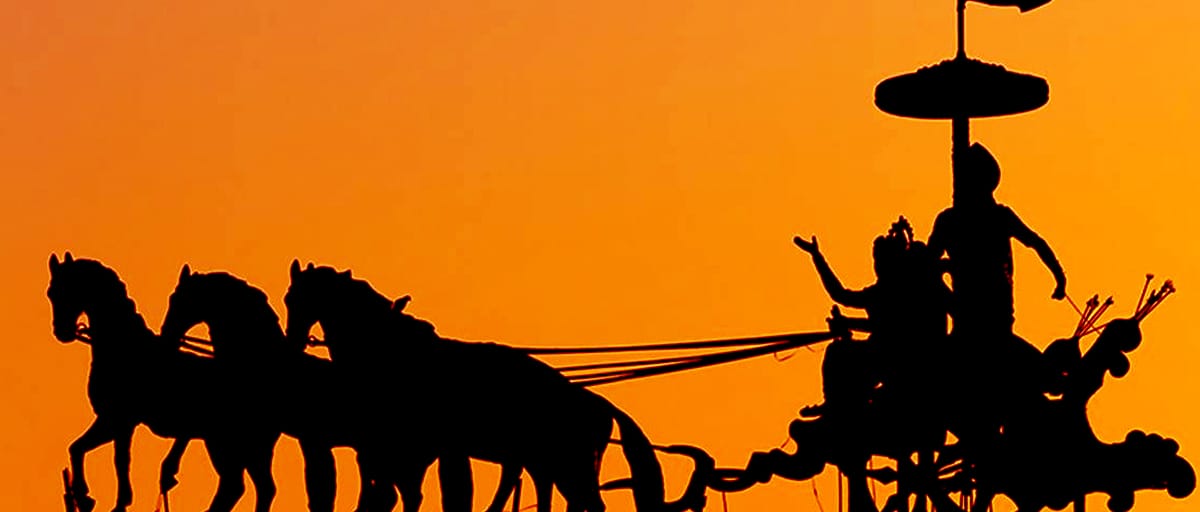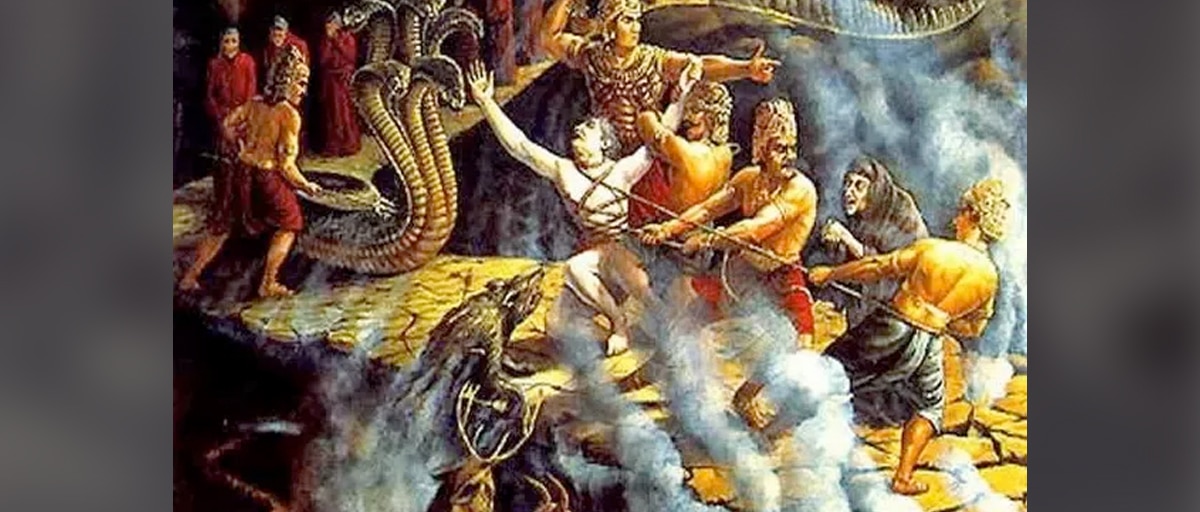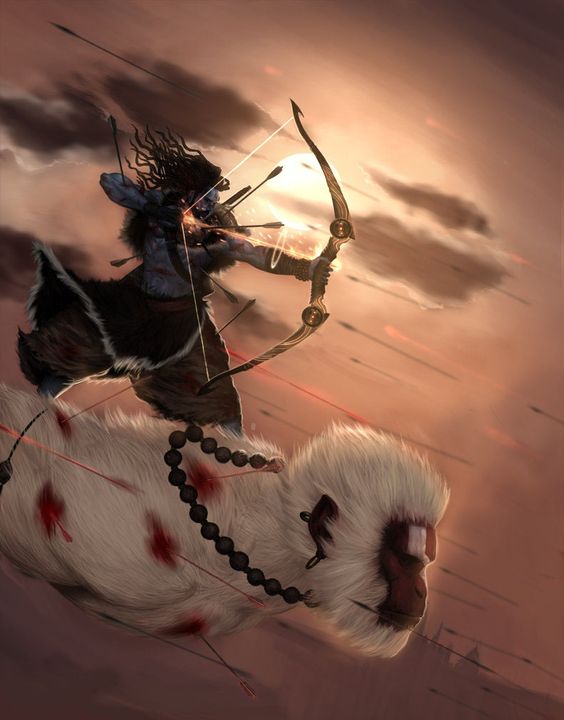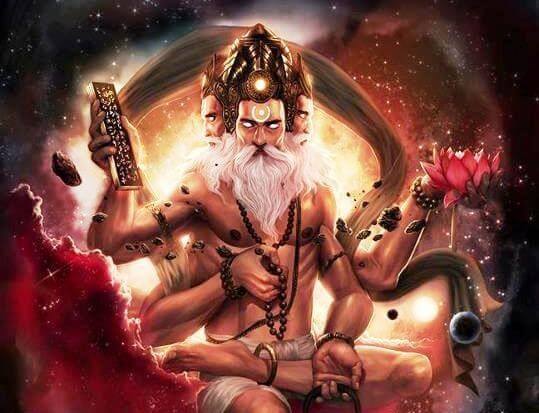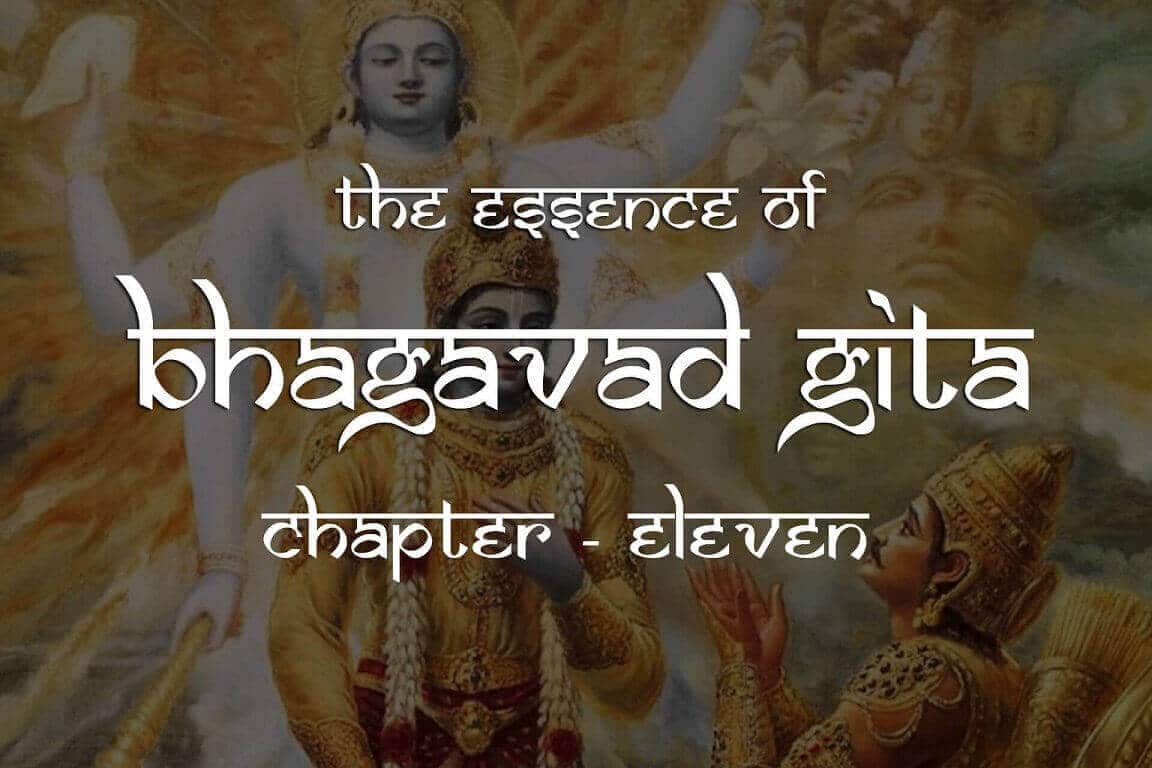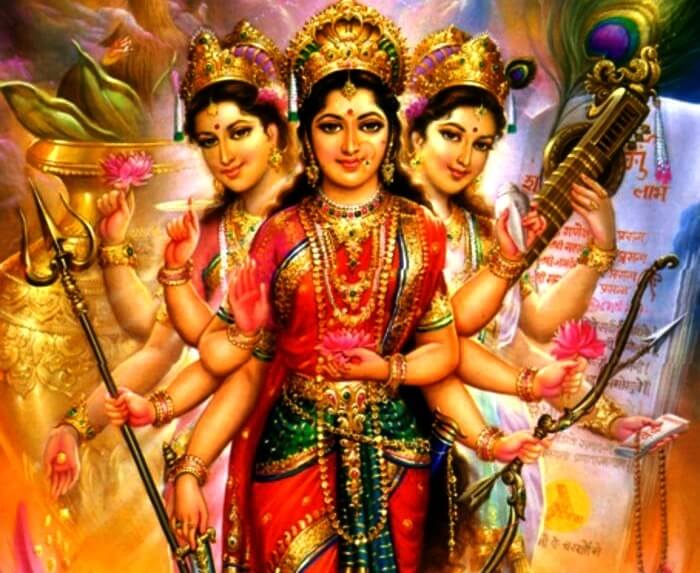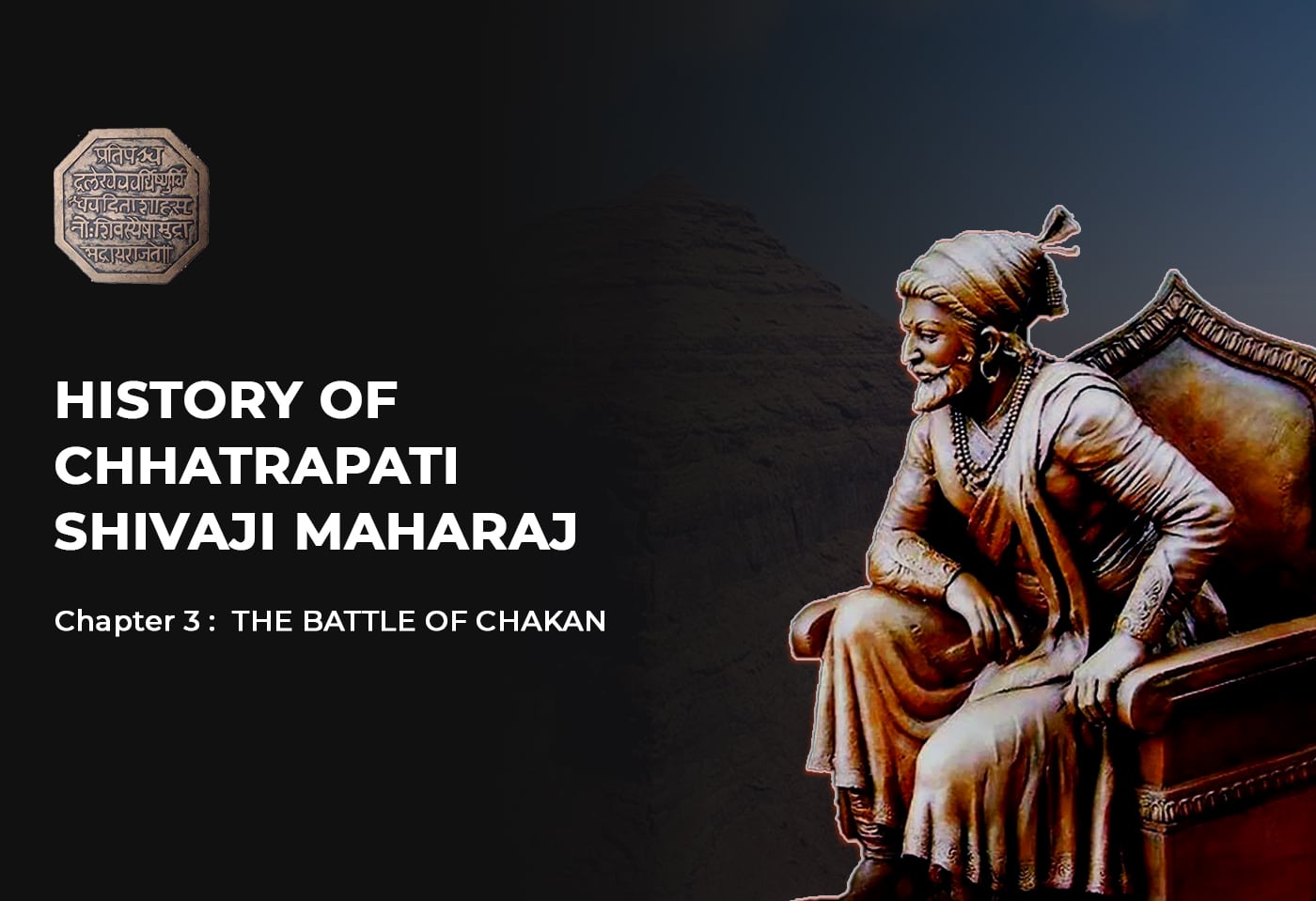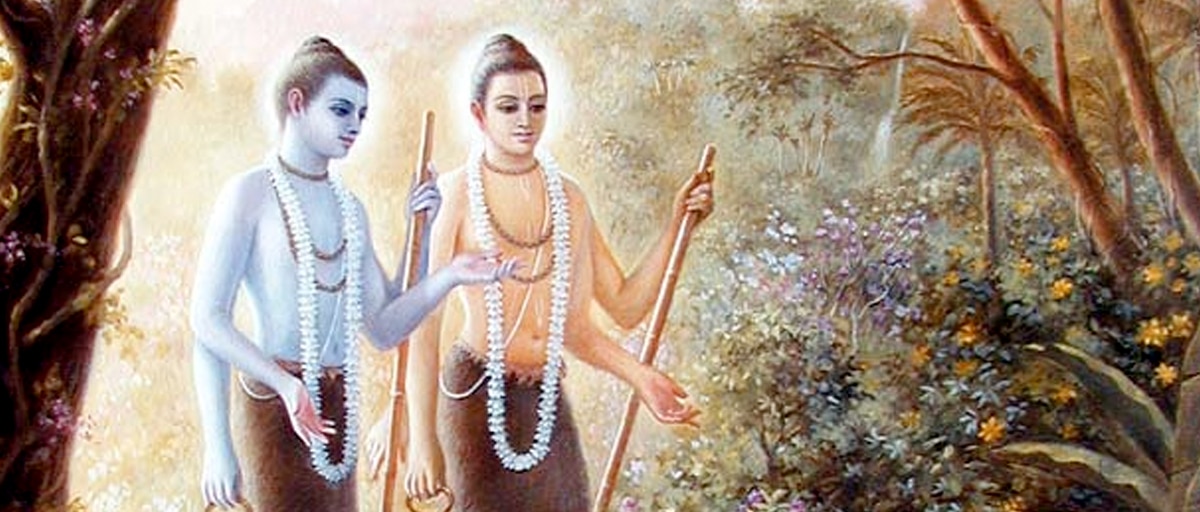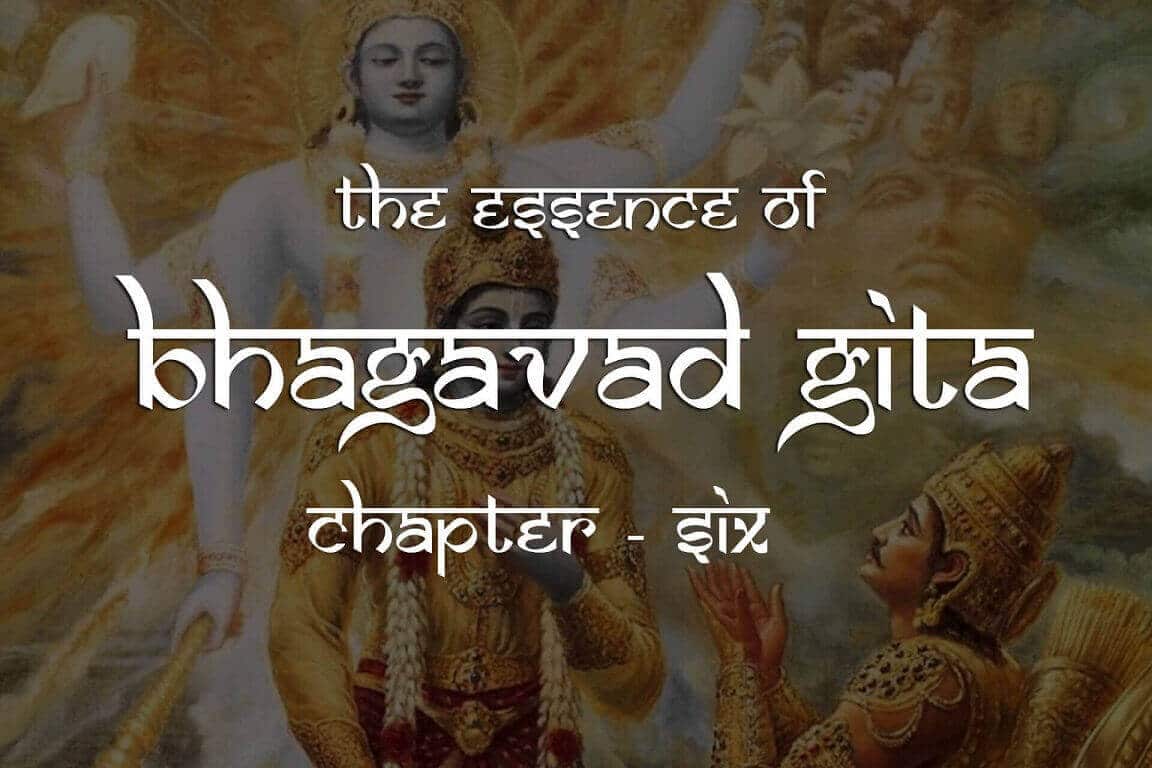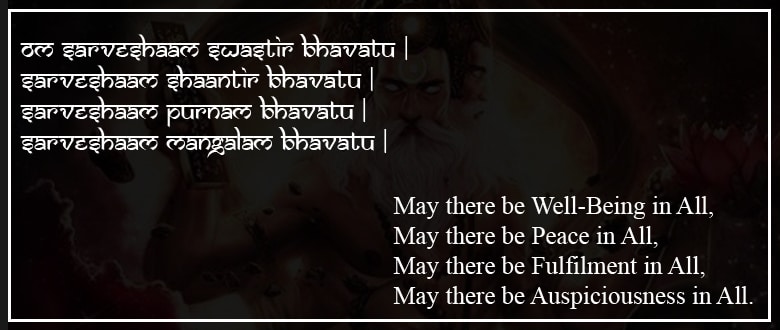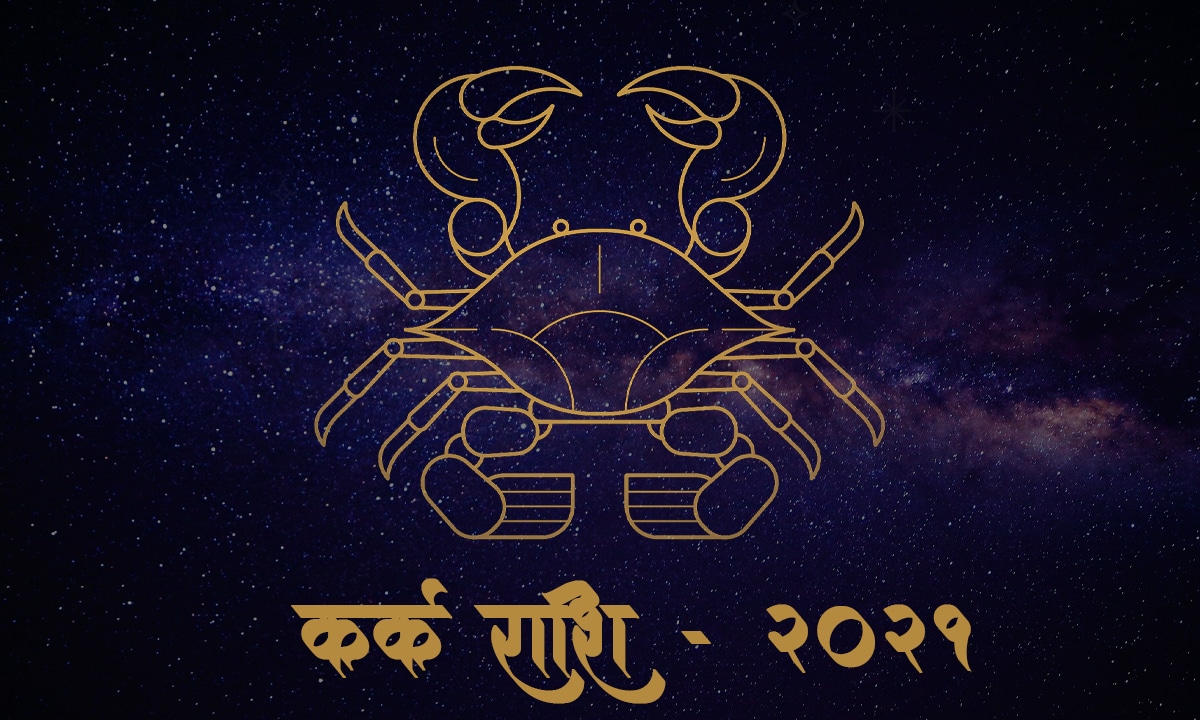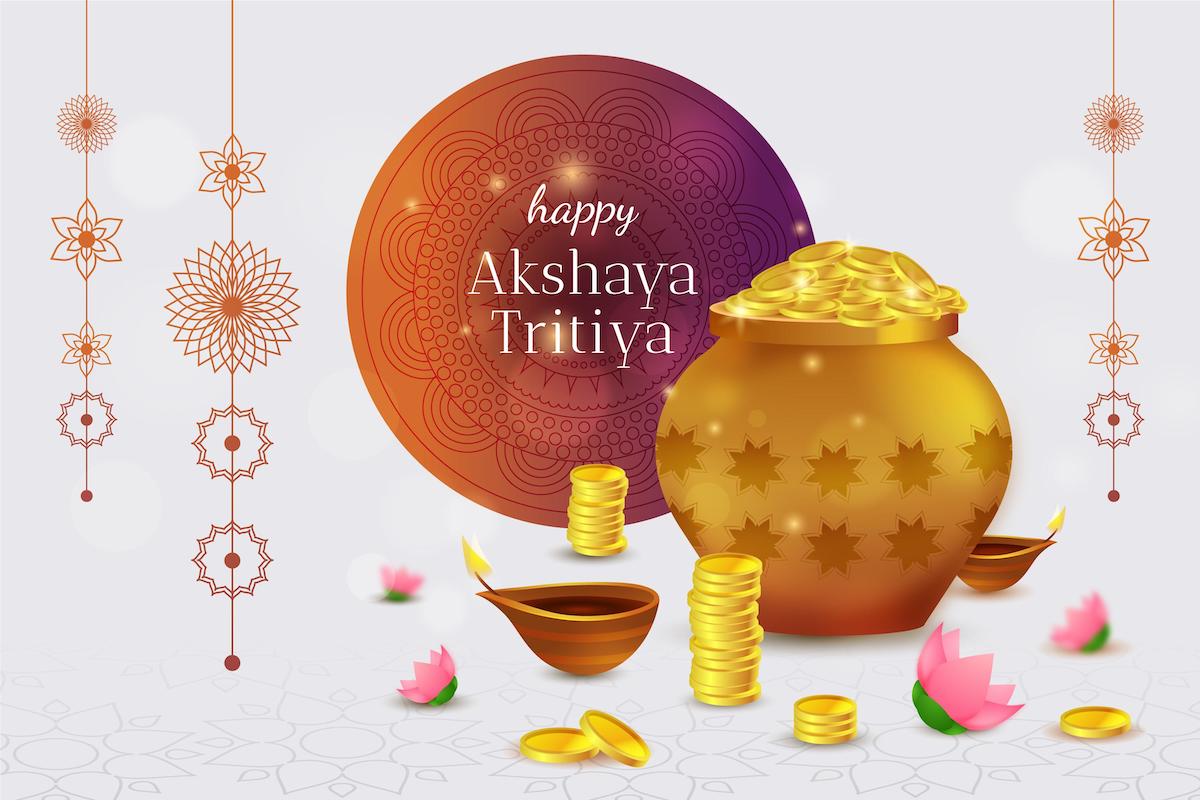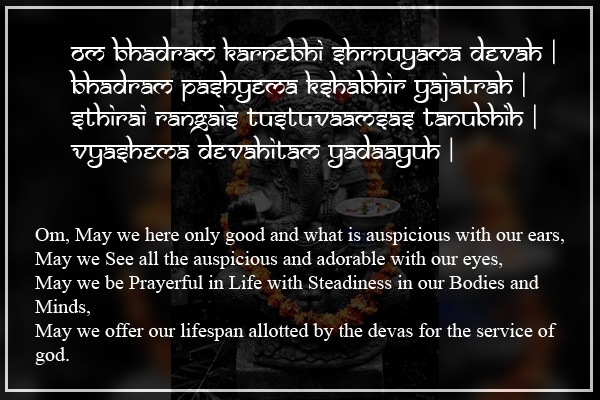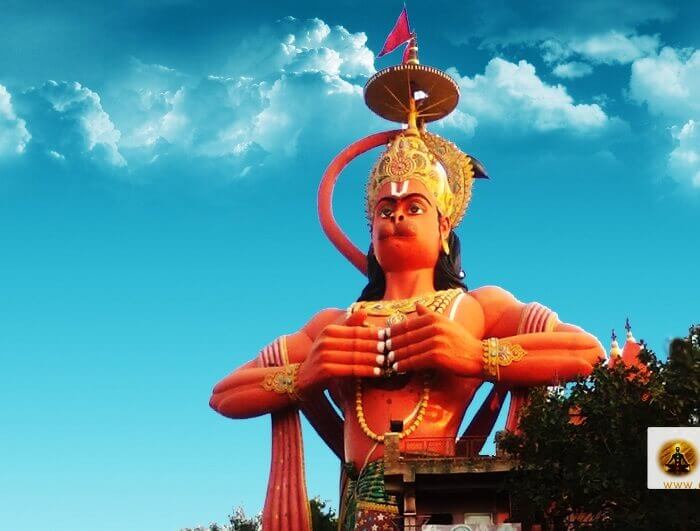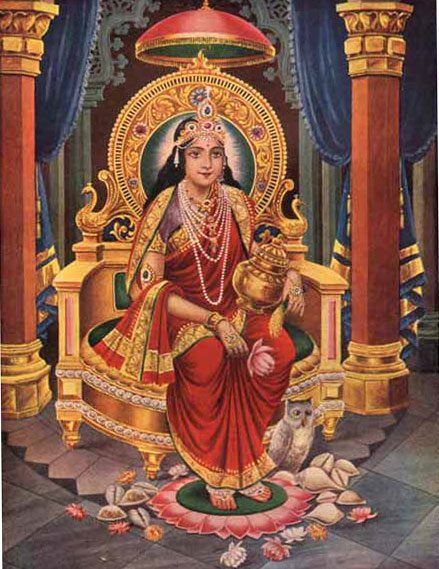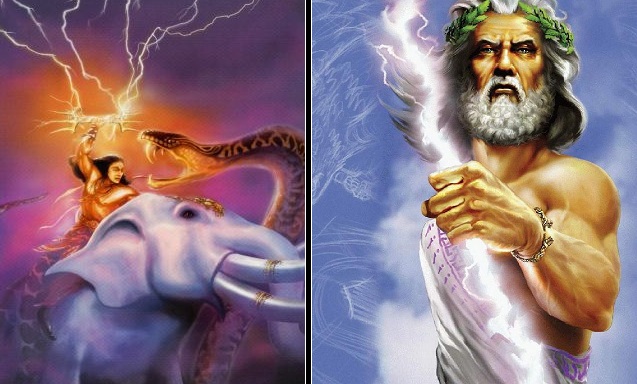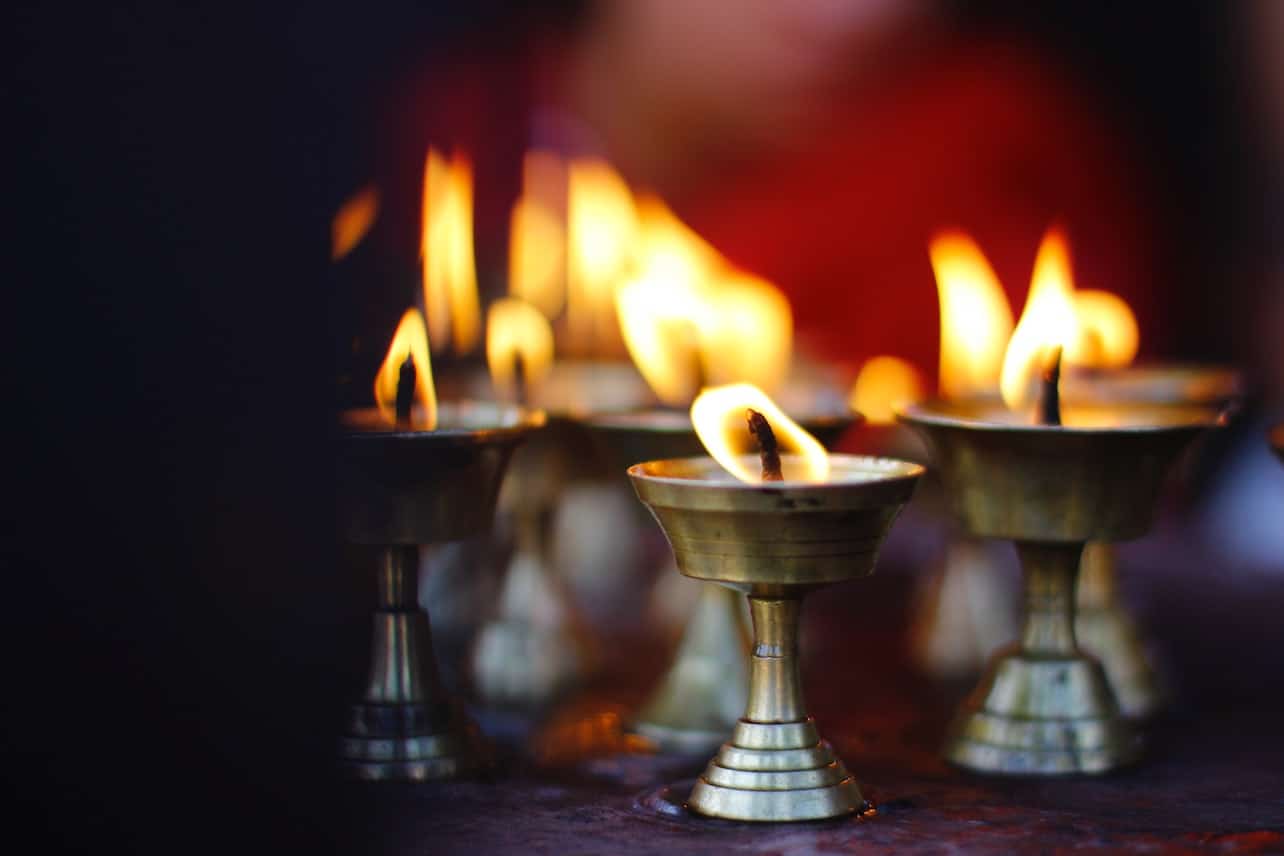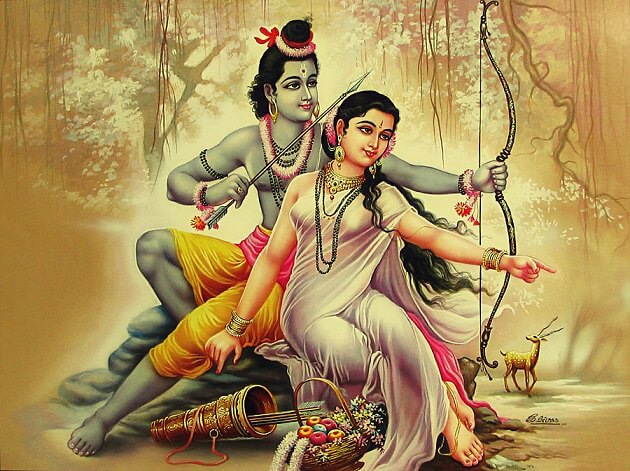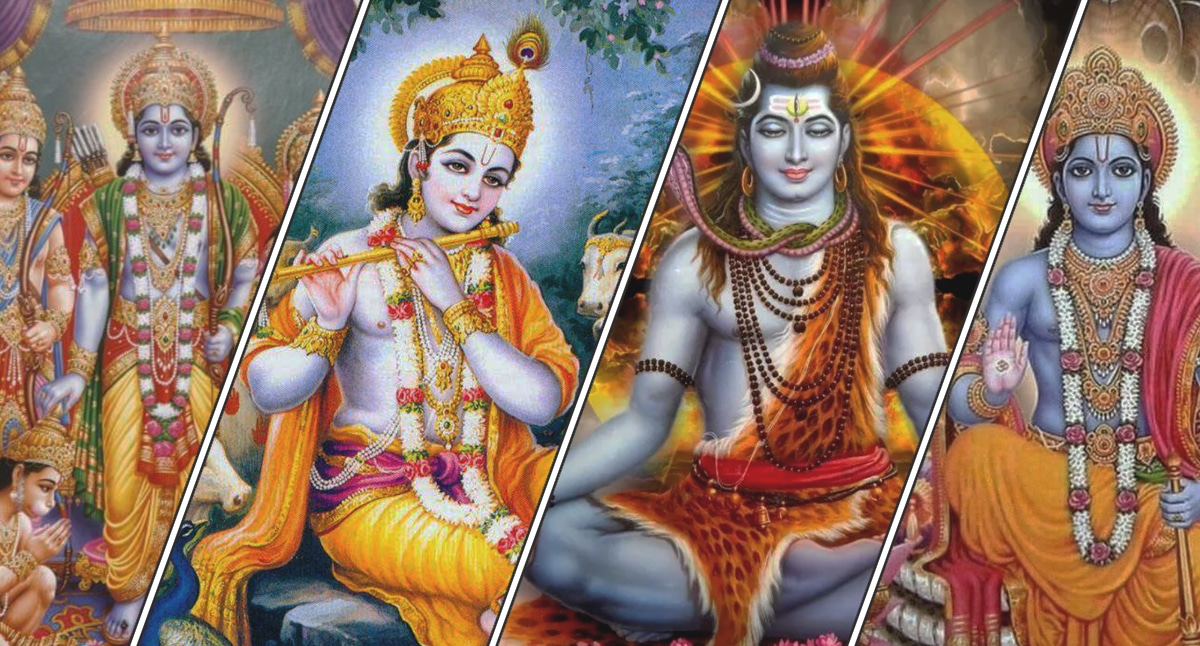What is Holika Dahan?
Holi is a colourful festival that celebrates passion, laughter, and happiness. The festival, which takes place every year in the Hindu month of Phalguna, heralds the arrival of spring. Holi Dahan is the day preceding Holi. On this day, people in their neighbourhood light a bonfire and sing and dance around it. Holika Dahan is more than just a festival in the Hindu religion; it symbolises the victory of good over evil. Here’s what you need to hear about this critical case.
Holika Dahan is a Hindu festival that takes place on the Purnima Tithi (Full Moon Night) of the Phalguna month, which typically falls in March or April.
Holika was a demon and the granddaughter of King Hiranyakashipu, as well as Prahlad’s aunt. The pyre is lit the night before Holi, symbolising Holika Dahan. People gather around the fire to sing and dance. The next day, people celebrate Holi, the colourful holiday. You might be wondering why a demon is worshipped during the festival. Holika is thought to have been created to fend off all fears. She was a sign of strength, riches, and prosperity, and she had the ability to bestow these blessings on her devotees. As a result, before Holika Dahan, Holika is worshipped alongside Prahlada.
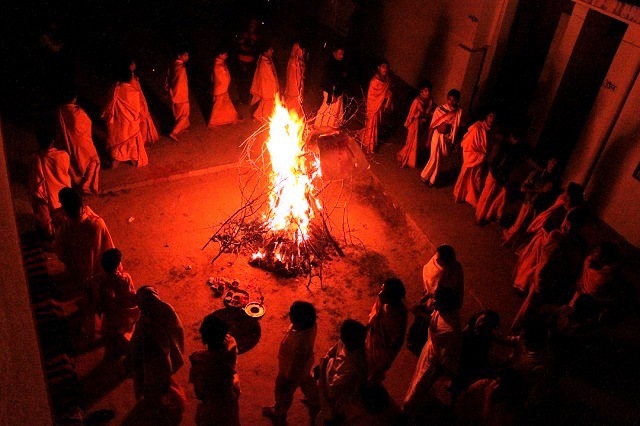
Story of Holika Dahan
According to the Bhagavat Purana, Hiranyakashipu was a king who, in order to fulfil his wish, performed the requisite Tapas (penance) before Brahma granted him a boon.
Hiranyakashyapu received five special abilities as a result of the boon: he could not be killed by a human or an animal, could not be killed indoors or outdoors, could not be killed at any time of day or night, could not be killed by astra (launched weapons) or shastra (handheld weapons), and could not be killed on land, sea, or air.
As a result of his wish being granted, he believed he was invincible, which made him arrogant. He was so egotistical that he ordered his entire empire to worship him alone. Anyone who disobeyed his orders was punished and killed. His son Prahlad, on the other hand, disagreed with his father and refused to worship him as a deity. He continued to worship and believe in Lord Vishnu.
Hiranyakashipu was enraged, and he attempted to kill his son Prahlad several times, but Lord Vishnu always intervened and saved him. Finally, he sought assistance from his sister, Holika.
Holika had been given a blessing that made her fireproof, but she was burned to death because the boon only worked if she joined the fire alone.
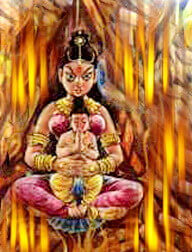
Prahlad, who kept chanting Lord Narayana’s name, emerged unscathed, as the Lord rewarded him for his unwavering devotion. Lord Vishnu’s fourth Incarnation, Narasimha, destroyed Hiranyakashipu, the demon king.
As a result, Holi gets its name from Holika, and people still reenact the scene of ‘Holika’s burning to ashes’ every year to commemorate good triumphing over evil. According to legend, no one, no matter how strong, can harm a true devotee. Those who torment a true believer in God will be reduced to ashes.
Why is Holika Worshipped?
The Holika Dahan is an important part of the Holi festival. People lit a massive bonfire known as Holika Dahan the night before Holi to celebrate the burning of the Demoness Holika, Demon King Hiranyakashyap’s niece.
It is believed that performing Holika puja on Holi bestows strength, prosperity, and wealth in Hindu religion. Holika Puja on Holi will help you overcome all kinds of fears. Since it is believed that Holika was made to ward off all kinds of terror, she is worshipped alongside Prahlada before Holika Dahan, despite the fact that she is a Demon.
Significance and Legend of Holika Dahan.
The legend of Prahlad and Hiranyakashipu is at the heart of Holika Dahan celebrations. Hiranyakashipu was a demon king who saw Lord Vishnu as his mortal enemy because the latter had taken the Varaha avatar to destroy Hiranyaksha, his elder brother.
Hiranyakashipu then persuaded Lord Brahma to grant him the boon that he will not be killed by any Deva, human or animal, or by any creature that takes birth, at any time of day or night, by any hand-held weapon or projectile weapon, or within or outside. The demon king began to believe that he was God after Lord Brahma granted these boons, and demanded that his people only praise him. However, his own son, Prahlad, disobeyed the king’s orders because he was devoted to LordnVishnu. As a result, Hiranyakashipu devised a number of schemes to assassinate his son.
One of the most popular schemes was Hiranyakashipu’s request that his niece, the demon Holika, sit in a pyre with Prahlad in her lap. Holika had been blessed with the ability to escape injury in the event of a burn. When she sat with Prahlad in her lap, Prahlad continued to chant the name of Lord Vishnu, and Holika was consumed by the fire while Prahlad was rescued. Based on the evidences from some legends, Lord Brahma bestowed the blessing on Holika with the expectation that she would not use it for evil. This storey is retold in Holika Dahan.
How is Holika Dahan celebrated?
People light a bonfire on Holika Dahan, the night before Holi, to represent the pyre used to destroy Prahlad. Several cow dung toys are held on this fire, with cow dung figurines of Holika and Prahlad at the end. Then, as a recreation of Prahlad being rescued from the fire due to his devotion to Lord Vishnu, the figurine of Prahlad is easily removed from the fire. It commemorates the victory of good over evil and teaches people about the importance of sincere devotion.
People also throw samagri, which includes products with antibiotic properties or other cleaning properties that can help keep the environment safe, into the pyre.
Performing Rituals on Holi Dahan (Holi Bonfire)
Holika Deepak, or Chhoti Holi, is another name for Holika Dahan. On this day, after sunset, people light a bonfire, chant mantras, sing traditional folklore, and form a circle around the holy bonfire. They put the woods in a spot that is free of debris and is surrounded by straw.
They place roli, unbroken rice grains or akshat, flowers, raw cotton thread, turmeric bits, unbroken moong daal, batasha (sugar or gur candy), coconut, and gulal where the woods are stacked before lighting the fire. The mantra is chanted, and the bonfire is lit. Five times around the bonfire, people pray for their health and happiness. On this day, people perform a variety of other rituals in order to bring wealth into their homes.
Things to do on Holi Dahan:
- Place a ghee diya in the northern direction/corner of your home and light it. It is thought that by doing so, the house would be blessed with peace and prosperity.
- Turmeric mixed with sesame oil is also applied to the body. They wait a while before scraping it and tossing it into the Holika bonfire.
- Dried coconut, mustard seeds, sesame seeds, 5 or 11 dried cow dung cakes, sugar, and whole wheat grains are also traditionally offered to the sacred fire.
- During the Parikrama, people also give water to the Holika and pray for the family’s well-being.
Things to avoid on Holi Dahan:
This day is associated with a number of beliefs. Here are a few examples:
- Avoid accepting water or food from strangers.
- In the evening of Holika Dahan or when performing the puja, keep your hair tired.
- On this day, do not lend money or any of your personal belongings to anyone.
- When performing Holika Dahan Puja, avoid wearing yellow-colored clothing.
The Important of Holi Festival to the Farmers
This festival is very much important to the farmers because the time to harvest new crops as the weather transitions as come. Holi is known as the “spring harvest festival” in certain parts of the world. Farmers rejoice because they have already restocked their farms with new crops in preparation for Holi. As a result, this is their relaxation period, which they enjoy when surrounded by colours and desserts.
How to Prepare Holika pyre (How to prepare Holi Bonfire)
People who worshipped the bonfire began collecting wood and combustible materials for the bonfire some days before the festival began in notable areas like the parks, community centres, near temples, and other open spaces. An effigy of Holika, who lured Prahalad into the flames, stands atop the pyre. Color pigments, food, party drinks, and festive seasonal foods such as gujiya, mathri, malpuas, and other regional delicacies are stocked within homes.
Also Read: https://www.hindufaqs.com/holi-dhulheti-the-festival-of-colours/

